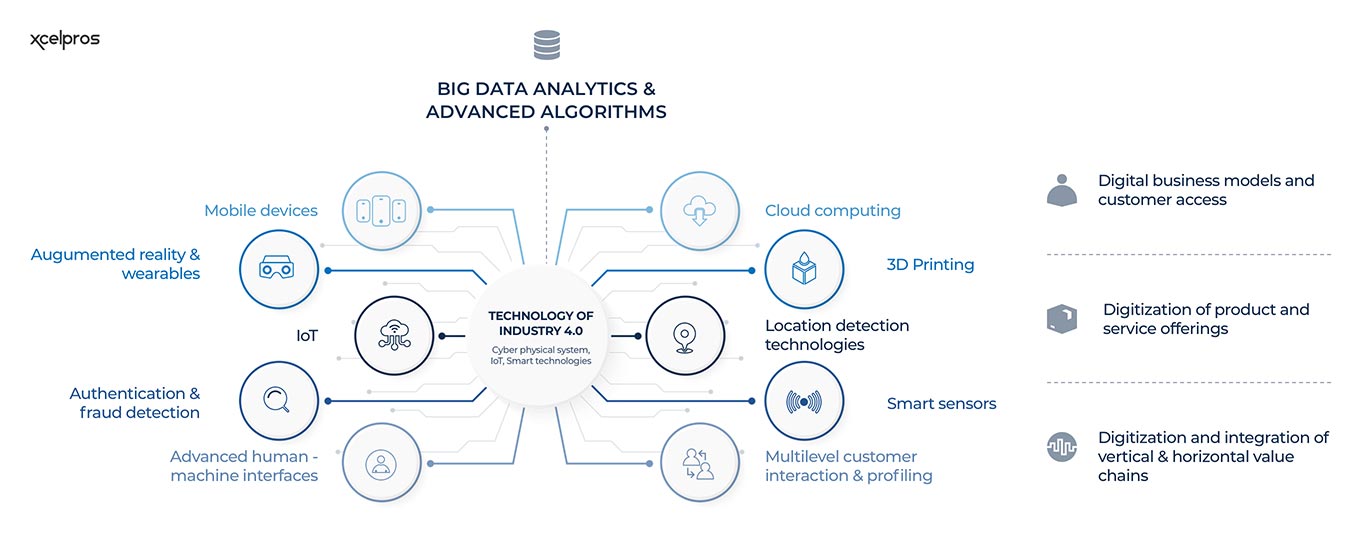Why Quality Strategy Must Match Manufacturing Speed
The systems that once defined quality management and control in manufacturing were built for a different era: slower timelines, predictable demand, and siloed teams. But as operations digitize, supply chains stretch, and compliance pressures mount, those systems are hitting their limits.
What was once a support function has become a strategic lever. Today, quality isn’t just about defect reduction or regulatory compliance—it’s about operational clarity, team accountability, and the ability to scale without surprises.
Yet for many manufacturers, quality is still defined by documentation. Standard Operating Procedures (SOPs) live in binders or outdated portals. Quality assurance happens after the fact. And audits are treated like fire drills.
It’s not that quality has failed—it’s that the tools and mindsets around it haven’t evolved.
When Good Enough Stops Being Good Enough
Most companies can show they’re doing the right things. They’ve implemented a QMS. They pass ISO 9001 audits. They have procedures for SOP implementation, document control, and tracking deviations.
But on the ground, the story is often different. Operators default to tribal knowledge. Process changes lag behind what’s actually happening on the floor. And when something goes wrong, teams scramble to backfill the paperwork—rather than prevent the issue in the first place.
This disconnect is more than operational friction. It’s a warning sign. Because even if your metrics look solid on paper, it only takes one missed handoff or buried deviation to disrupt production—or worse, impact customer trust.
Modern quality management planning must go beyond formality. It needs to be felt, used, and trusted by the people doing the work.
Building a Living Quality System
In the most competitive environments, quality assurance isn’t just a box to check—it’s woven into every stage of execution. That shift doesn’t happen by adding more layers of review. It happens by rethinking how quality lives inside your organization.
Modern quality systems don’t rely on static SOPs or isolated inspections. They connect planning with performance. They guide users in real time. And they generate the kind of traceable, contextual data that supports continuous improvement.
Instead of gating production with redundant approvals, they surface issues faster, provide root cause clarity, and support rapid corrective action—without compromising audit readiness or GMP standards.
And as teams gain visibility and ownership, quality becomes part of the rhythm—not an interruption to it.
Certification Is the Floor, Not the Ceiling
For many manufacturers, frameworks like ISO 9001 and GMP still form the backbone of quality. These standards matter—they provide structure, build credibility, and offer a shared language across the supply chain.
But certification alone doesn’t ensure excellence. What differentiates lasting manufacturers is how they operationalize those standards and turn them into habits, not hurdles.
They treat audit readiness as a byproduct of good execution—not a separate task, and they continuously adapt their systems to reflect the real conditions on the floor, not just the documents in the binder.
Best Practices for Quality Control Success
-
Dynamic document control:
A foundational quality control practice, where SOPs and quality policies are versioned, accessible, and updated as processes evolve—not left to stagnate.
-
Continuous SOP implementation:
Teams follow and validate procedures in real time, with feedback loops to flag what’s working (and what isn’t).
-
Integrated quality data:
Nonconformance reports, deviations, and CAPAs flow into a unified system that supports trend analysis—not spreadsheet silos.
-
Proactive audit readiness:
Evidence is always a few clicks away. Training, traceability, and approvals are logged continuously—not in a pre-audit rush.
-
Cross-functional quality ownership:
Quality isn’t relegated to one team. It’s embedded into operations, engineering, procurement, and leadership culture.
The result isn’t just better compliance. It’s more resilient execution—and fewer surprises under pressure.
Quality as a System of Execution
At its best, quality is more than oversight—it’s infrastructure. It enables decisions to be made with confidence, deviations to be managed proactively, and teams to align around the same operational truth.
That’s what quality management and control in manufacturing should achieve: a shared system that strengthens both accountability and adaptability. Not one at the cost of the other.
This isn’t about adding more steps or adopting another platform. It’s about making sure the quality tools you already have are doing the work they were meant to: enabling consistent performance at scale.
The Bottom Line: Stop Checking Boxes, Start Building Better
Quality should never feel like a burden. When done right, it becomes the engine that drives improvement, the framework that protects margins, and the confidence behind every shipment.
At XcelPros, we help manufacturers modernize quality—not by ripping and replacing, but by aligning existing processes with smarter tools, better planning, and proven quality control practices.
Because in today’s environment, quality is no longer a supporting role.
It’s how you lead.
Let’s align your quality practices with modern tools and proven results




















